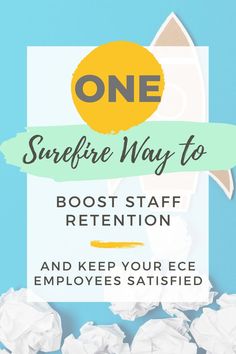Introduction:
As summer approaches, schools close their doors, and students eagerly head off for a much-deserved break. However, for many school principals, this season is a time not only for rest but also for reflecting, strategizing, and preparing for the next academic year. Here are some ways in which principals can make the most out of their summer break.
1. Rest and Recharge
Despite the misconceptions that administrators have summers completely off, the truth is that principals put in long hours throughout the year. The summer season is an excellent opportunity to rest and renew your mental and physical energy. Dedicate time to hobbies, explore new places or simply spend quality time with family and friends to recharge your batteries for the upcoming school year.
2. Reflect on the Past Year
Summer creates a natural pause between academic years – use this time to reflect on the strengths and areas of improvement from the past year. Consider what worked well, the challenges your school faced, and opportunities for growth. Engage in self-assessment on your performance as a leader and seek feedback from staff members to chart a path forward.
3. Professional Development
Summer break can be an invaluable opportunity for professional development. Join workshops, conferences or enroll in online courses related to education management or leadership skills. Network with fellow educators during these events to expand your network and gain valuable insights from colleagues who share similar experiences.
4. Strategic Planning
Take advantage of quieter campuses during summer break to plan for the upcoming academic year. Review goals and objectives, finalize budgets, develop staff development sessions, or update policies and procedures based on local regulations or district requirements.
5. Maintain Relationships
Stay connected with school staff even during summer break by organizing casual get-togethers or regular check-ins via email or video calls. This will not only help maintain existing relationships but also provides an opportunity to ensure fluency in returning to work.
6. Support Summer Programs
Summer break does not mean that all educational programs come to a halt. Assist or visit summer programs such as academic enrichment camps, sports clinics, or arts workshops in your school community. Participation in summer programs can help identify potential areas of growth and collaboration for the upcoming academic year.
7. Prepare for the First Day
Before you know it, the new academic year will be upon us. As a principal, work on creating a warm and welcoming environment for students returning to school or joining for the first time. Organize staff preparations, finalize any outstanding administrative tasks and start drafting your welcome letter.
Conclusion:
Summer break is a time for principals to rest, recharge and prepare for the upcoming academic year. By balancing personal and professional responsibilities, you can enter the new school year reinvigorated and ready to support your students and staff. So go ahead, enjoy your summer break – you’ve earned it!











